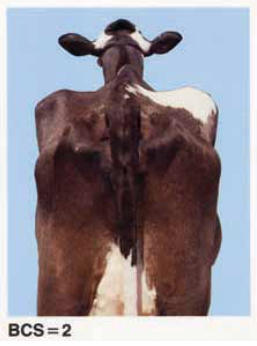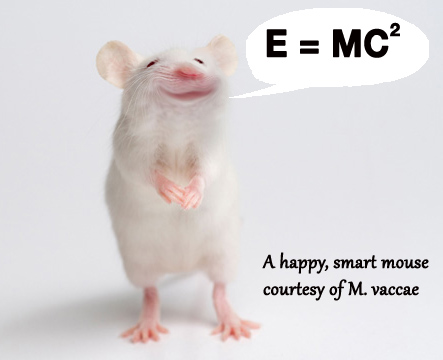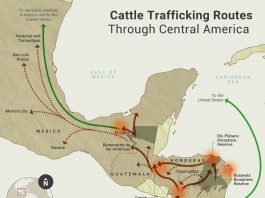This comes to us from Livestock 360, courtesy of Cornell Cooperative Extension.
Body condition scoring (BCS) is a method of evaluating fatness or thinness in of an animal. Research and field experiments have shown that body condition influences productivity, reproduction, health, and longevity. Poor body condition can be a clue to underlying nutritional deficiencies, health problems, or improper herd management. If done on a regular basis, body condition scoring can be used to troubleshoot problems and improve the health and productivity of your animals.
For dairy cows, a BCS scale is used that ranges from a score of 1, which is for cattle that are very thin, to 5, which is for cattle that are excessively fat. Body condition scores will vary from one evaluator to the next. As long as the same individual evaluates the animals each time and that person is consistent in assigning scores to a cow, the information will be very useful. Changes in body condition score are what are important.
When scoring a cow you look at and feel specific parts, including: rump, chine, loin, hips, pins and tail head. Feeling cows who are loose skinned or hairy, to evaluate fat cover, may be necessary because they can appear to have a higher BCS score than they really have. Here are guidelines on how to score your cattle.
 Score of 1
Score of 1
• Individual short ribs have a thin covering of flesh.
• Bones of the chine, loin, and rump regions are prominent
• Hook and pin bones protrude sharply, with a very thin covering of flesh and deep depressions between bones.
• Severe depression below tail head and between pin bones. Bony structure protrudes sharply, and ligaments and vulva are prominent.
 Score of 2
Score of 2
• Individual short ribs can be felt but are not prominent.
• Ends of ribs are sharp to the touch but have a thicker covering of flesh.
• Short ribs do not have as distinct an “overhanging shelf” effect.
• Individual bones in the chine, loin, and rump regions are not visually distinct but are easily distinguished by touch.
• Hook and pin bones are prominent, but the depression between them is less severe.
• Area below tail head and between pin bones is somewhat depressed, but the bony structure has some covering of flesh.
 Score of 3
Score of 3
• Short ribs can be felt by applying slight pressure.
• Altogether, short ribs appear smooth and the over- hanging shelf effect is not
so noticeable.
• The backbone appears as a rounded ridge; rm pres- sure is necessary to feel individual bones.
• Hook and pin bones are rounded and smooth.
• Area between pin bones and around tail head ap- pears smooth, without signs of fat deposit.
 Score of 4
Score of 4
• Individual short ribs are distinguishable only by firm palpation.
• Short ribs appear at or rounded, with no overhanging shelf effect.
• Ridge formed by backbone in chine region is rounded and smooth.
• Loin and rump regions appear flat.
• Hooks are rounded and the span between them is flat.
• Area of tail head and pin bones is rounded, with evidence of fat deposit.
 Score of 5
Score of 5
• Bony structures of backbone, short ribs, and hook and pin bones are not apparent; subcutaneous fat deposit very evident.
• Tail head appears to be buried in fatty tissue.
If you have questions about applying body condition scoring to your herd, contact the livestock extension educator in your county.




